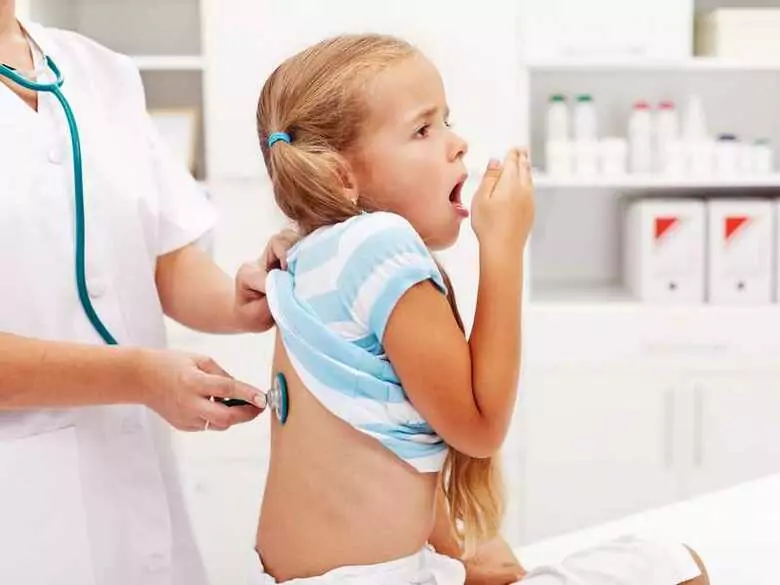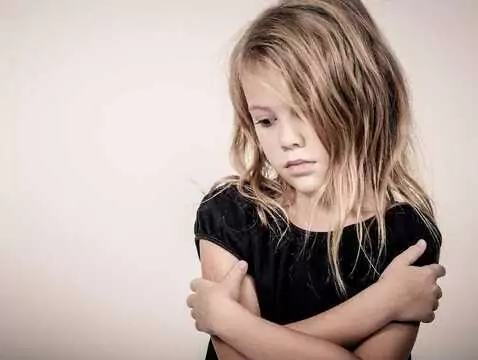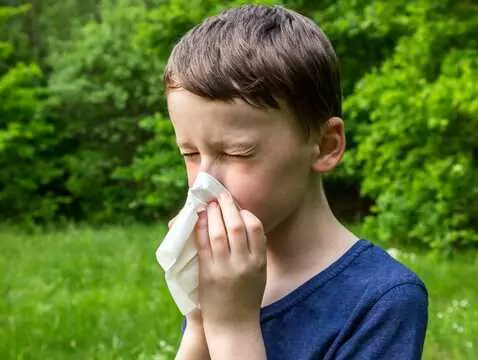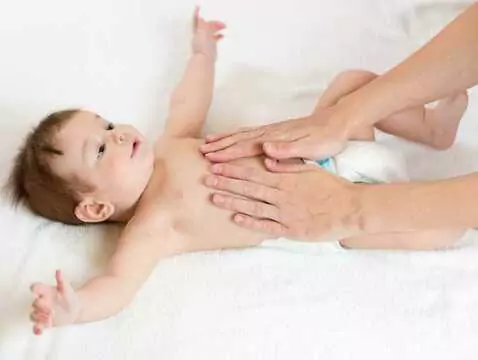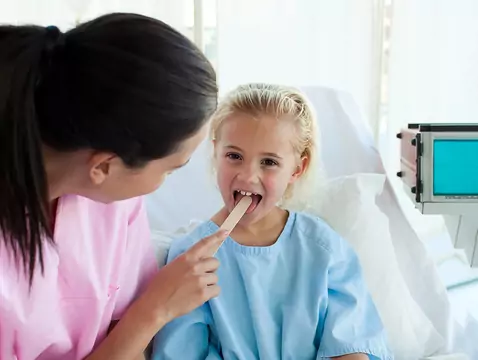Lungand bron chial diseases are among the most common diseases ofchildren. By the age of 6, nearly half of all children will develop bronchitis with bronchospasm obstruction. Pneumonia causes about 19% of deaths in children under 5 years of age worldwide, mainly in developing countries. In Poland, the mortality rate from pneumonia is less than 1/1000 per year. Approximately 10% of children aged 13-14 years suffer from asthma in Poland. We can divide them into those with an acute course, i.e., short-term, and those with a chronic course, i.e., long-term, for many years. In the first part, acute diseases will be discussed.
Pneumonia
It is an acute inflammatory disease of the lungs with fever, cough and dyspnoea, diagnosed on the basis of clinical or radiological features. It is one of the most common diseases in children. Its course and management depends on the aetiological agent. From a clinical point of view, it is important to distinguish betweencommunity-acquired pneumonia (CAP), when the disease develops outside hospital or less than 48 hours after hospitalisation, andhospital-acquired pneumonia (HTN P), when the disease develops in hospital, but more than 48 hours after hospitalisation. They differ in their aetiological factors. These factors also depend on age. In newborns and infants up to the age of 3 months, bacteria are the most common cause of infection, between the ages of 4 months and 4 years pneumonia is most often caused by viruses, and from the age of 5 years it is most often caused by bacteria including atypical bacteria, and less often by viruses.
Bacterial pneum onia generally presents with fever, chills and breathlessness. The child initially coughs dryly, then productively, and may complain of chest pain and abdominal pain. Infections with atypical bacteria, such as Mycoplasma or Chlamydia, usually present with little or no fever, a dry cough, often with wheezing, similar to viral pneumonia.
In differentiating, we must bear in mind the possibility of aspiration of a foreign body. Frequent pneumonia may suggest a chronic disease - asthma, cystic fibrosis, immunodeficiency.
Treatment depends on the aetiological factor. Care should be taken to ensure adequate hydration, administer antipyretics. Antibiotic therapy should be abandoned in young children in good general condition and with mild symptoms. Children with a suspected bacterial aetiology of the disease should receive an antibiotic consistent with the expected aetiology; a macrolide antibiotic should be used if atypical bacteria are suspected.
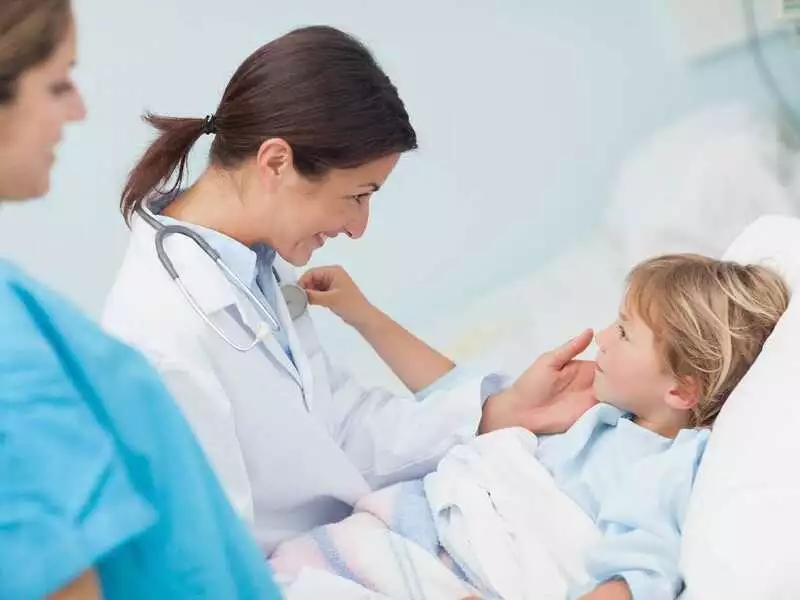
photo: shutterstock
Hospitalization is required for infants younger than 6 years of age, children with signs of hypoxia, accelerated breathing, severe general condition, chronic disease, extensive chest X-ray lesions and complications of pneumonia such as pleural fluid or abscess.
It is important to remember that, although in developed countries with good access to medical care, the prognosis of pneumonia is usually good, it is nevertheless a severe disease.
Part two of the article is available HERE

